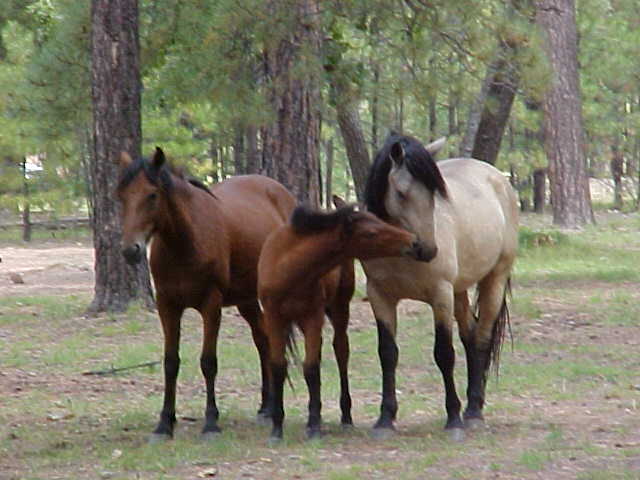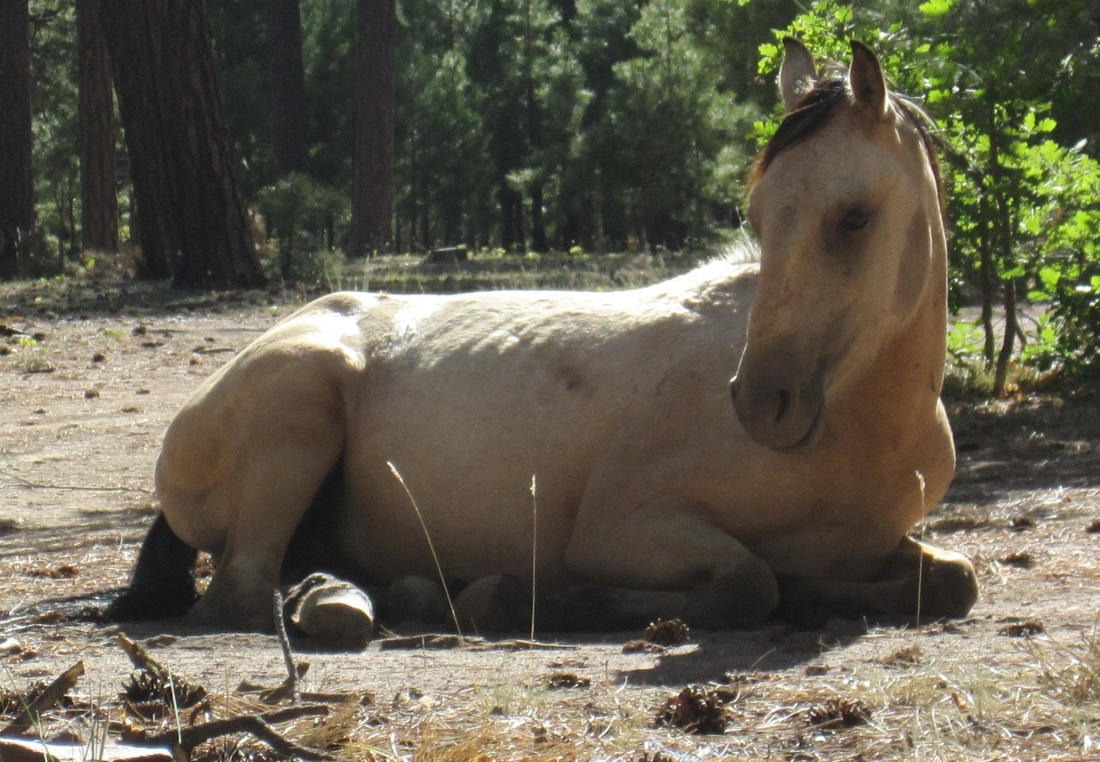Of the records we reviewed, we are obtaining copies that provide evidence of the following:
- The United States Forest Service (USFS) in Apache Sitgreaves National Forests failed to honor its commitment in a stipulated agreement in the US Federal Court to work cooperatively with plaintiffs, including myself, in preparing a management strategy for protected wild horses found in the Forests. The USFS has, however, worked very closely with the Arizona Game and Fish Department (AGFD) on this issue even though the AGFD has only very limited authority under cooperative agreements with the USFS. The only agency who has Federal authority is the USFS
- AGFD is pushing to obtain even more autonomous control over removal of wild horses and burros in areas where Game and Fish feels the BLM is moving too slowly, even though the AGFD has no jurisdiction under the federal Wild Horse and Burro Act and only limited input under cooperative agreements with federal agencies.
- The Director of AGFD used his position and time paid by Arizona taxpayers to lobby to get a person appointed to the national Wild Horse and Burro Advisory Counsel who is notoriously anti-wild horse and burro and used his position and time to enlist others to write letters of support for this person.
- A company owned by a man who was indicted by a federal grand jury on a felony for hunting wild horses from the air has been active gathering wild burros in Arizona. This person was indicted on a felony but was allowed to plead guilty to a lesser misdemeanor thus allowing the man’s company to continue to work for the BLM and other federal agencies. Pictures of helicopters very close to wild horses and burros they are gathering are available at the following link: http://conquistadorprogram.org/blm_begins_gather_of_burros_near_yuma
My question is why such a vehement effort to remove wild horses and burros from Arizona ranges they have lived in peacefully since the Spanish arrived in the 16th century?
Certainly, pictures of the animals and forage show that no one is starving. The AGFD, BLM and USFS argue that the horses and burros are depleting forage but historical documents clearly show that the horses and burros have been here for hundreds of years and everyone did just fine. I am happy to provide a list of references of these documents to anyone who might be interested. If you want your heart torn out, watch the video of little burros driven for miles by helicopters and crying out when they are separated from their families or watch the video of wild horses driven for miles, sometimes with their babies, until they almost drop. The historical documents indicate that there was a very peaceful
co-existence of wild horses and burros with everyone else until the early 1930’s when federal agencies took over grazing rights and “management” of wild horses and burros.
The wild horses and burros of Arizona go back to the early explorers including Coronado and Father Eusebio Kino. They are a precious natural resource. Many scholars even show evidence that these kind and gentle creatures date back to prehistoric times. Is the federal government’s quest for grazing lease money or energy so great that it will jeopardize our children’s right to see a magnificent wild horse whose ancestors may have carried Coronado, Father Kino or legendary cavalry officer General George Crook or to see a wild burro herd with their close family ties in the wild? When is enough, just enough?
Patricia Haight, Ph.D., The Conquistador Equine Rescue and Advocacy Program and guardian of four Peruvian horses: 4715 N. Black Canyon Hwy, #1019, Phoenix, AZ 85015. Telephone: 490-430-4011. Online: www.conquistadorprogram.org.



 RSS Feed
RSS Feed
